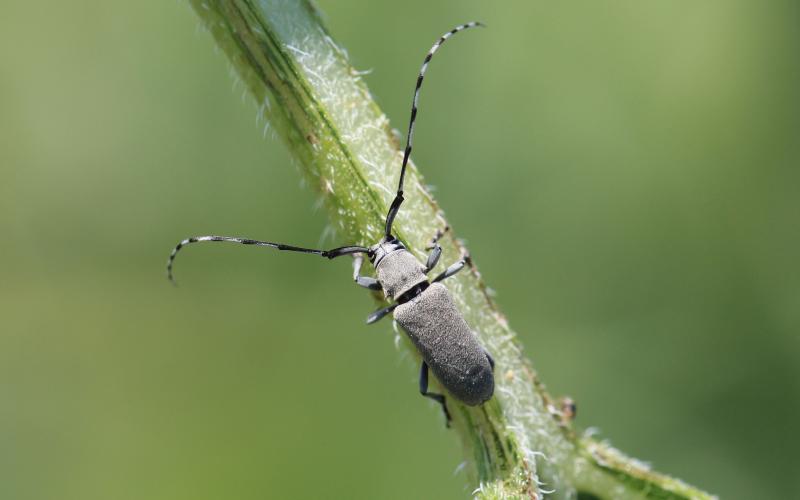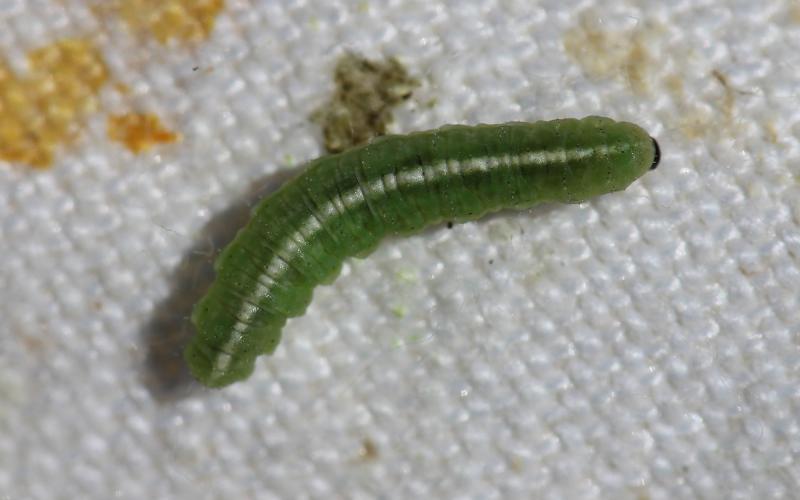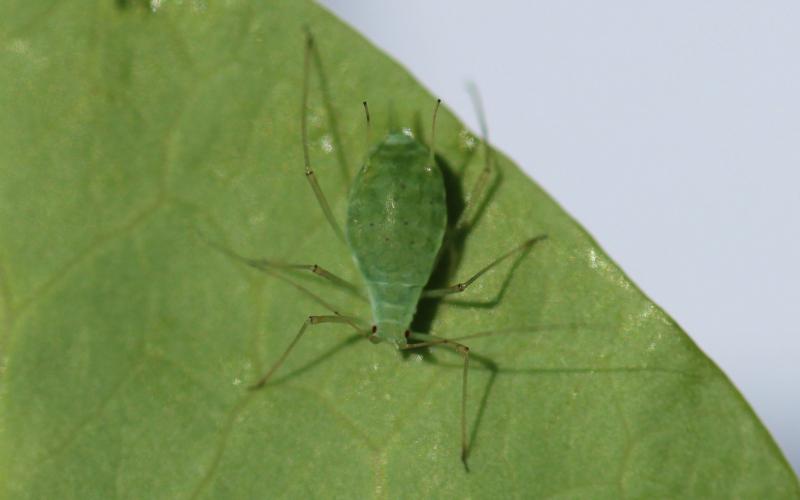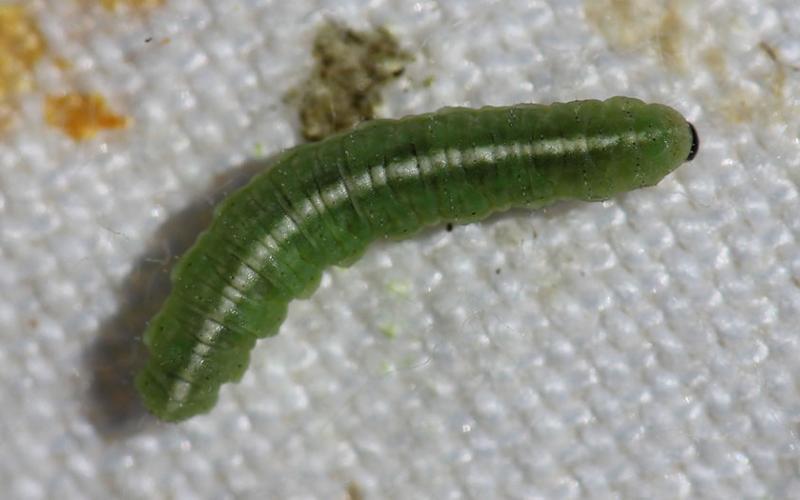Farm Management
All Farm Management Content

Dectes Stem Borer Adults Active in Sunflower
In South Dakota, one of the insects that is commonly observed in sunflower is the Dectes stem borer larva. At this point in the season, adults are beginning to become active with females laying eggs in sunflower plants.

Flea Beetles Defoliating Canola in South Dakota
This year flea beetle emergence is behind schedule, but so is a lot of the canola emergence. We are observing very large flea beetle populations on late-planted canola that is just emerging. As a result, much of this canola is being heavily defoliated and will likely require foliar insecticide management.

Plant Bugs Showing Up in Alfalfa Fields
Plant bugs are now becoming active in alfalfa fields across the state. A common question we receive is why some of these bugs looks so different from others. There are actually three different types of plant bugs that commonly appear in alfalfa fields: meadow plant bugs, Lygus bugs (aka tarnished plant bugs), and alfalfa plant bugs.

Alfalfa Weevil Activity: June 7, 2019
Quite a few degree days were accumulated over the course of the last week. Alfalfa fields should be closely monitored for alfalfa weevil activity for the next couple of weeks, even in areas where degree days indicate the alfalfa weevils are pupating.

Pea Aphid Populations Increasing in Alfalfa
While scouting alfalfa this week, we noticed pea aphid populations are starting to increase. The forecast is looking favorable for this pest, so it will be important to continue monitoring populations prior to and after the first cutting.

Alfalfa Weevil Activity Update: May 30, 2019
It was another cool week for most of South Dakota, with little degree day accumulation occurring. However, alfalfa fields should still be monitored for alfalfa weevil activity, although the cool, wet weather might have slowed the pest down.

Large Farms More Dominant in South Dakota Crop Production
Large farms play a more dominant role in South Dakota crop production, according to the recently released 2017 U.S. Census of Agriculture. As of 2017, large farms of more than 2,000 acres operate 66.8% of South Dakota total cropland aces compared to 47.7% as of 1997.

2019 Alfalfa Weevil Activity Prediction
One of the major insect pests of alfalfa in South Dakota is the alfalfa weevil. In 2018, we received fewer reports of alfalfa weevils, which may have been a result of the cooler and wetter spring conditions. It’s possible that populations may also be lower in 2019 due to the similar spring conditions that we are currently experiencing.

Wearing a Respirator? Then No Facial Hair for You!
At commercial or private applicator re-certification trainings, it is possible to hear the phrase, “Don’t wear a respirator if you have facial hair!” Facial hair, whether a full beard or stubble, may prevent respirators from sealing to the skin or interfere with their valve function.

2019 June Beetle Update
In the spring of 2016, we received reports of large populations of June beetles in Central South Dakota, which indicates the start of a new cycle for the grubs. Based on these reports, it is estimated that 2019 will be the big emergence year if the 2016 adults were successful and their grubs survived.